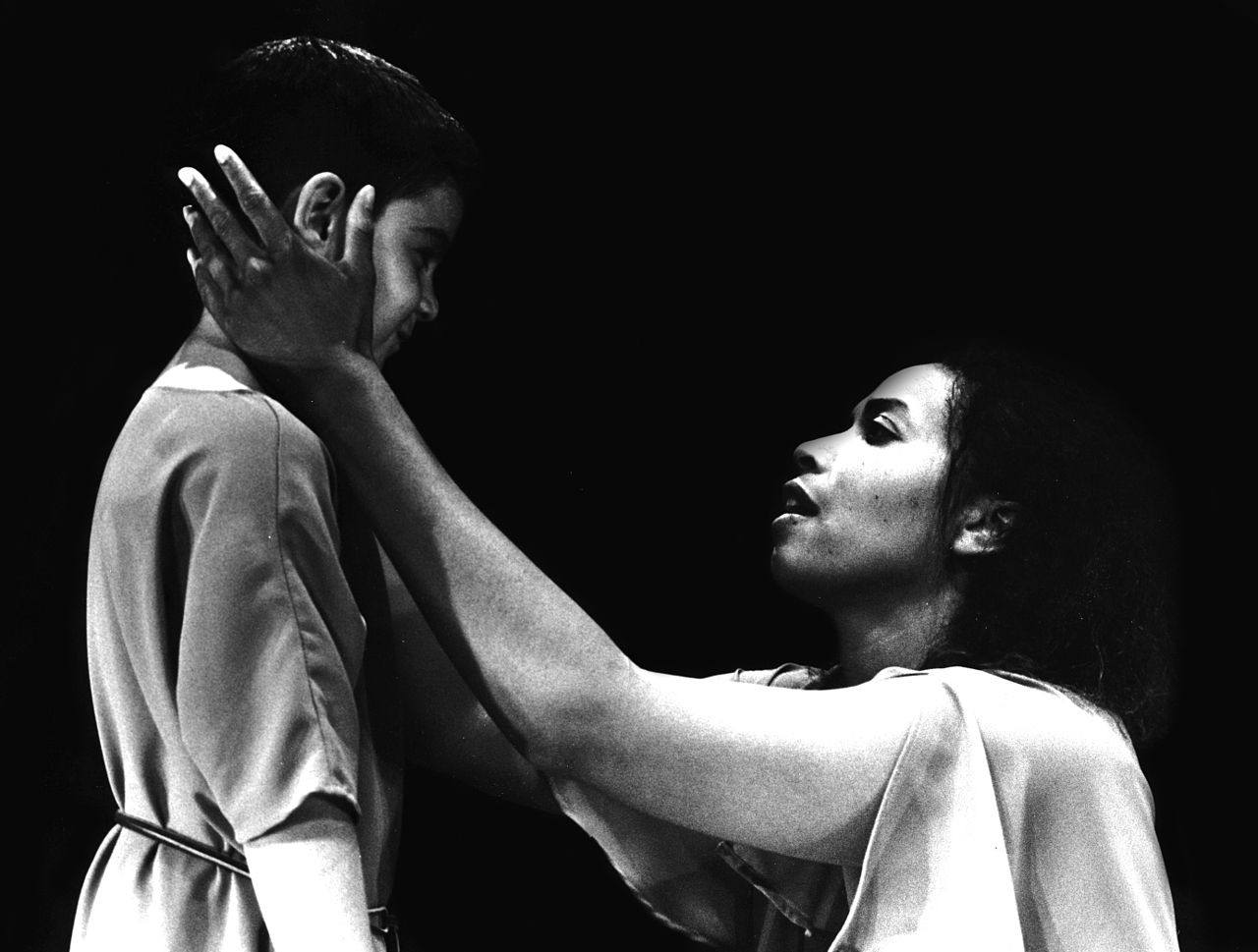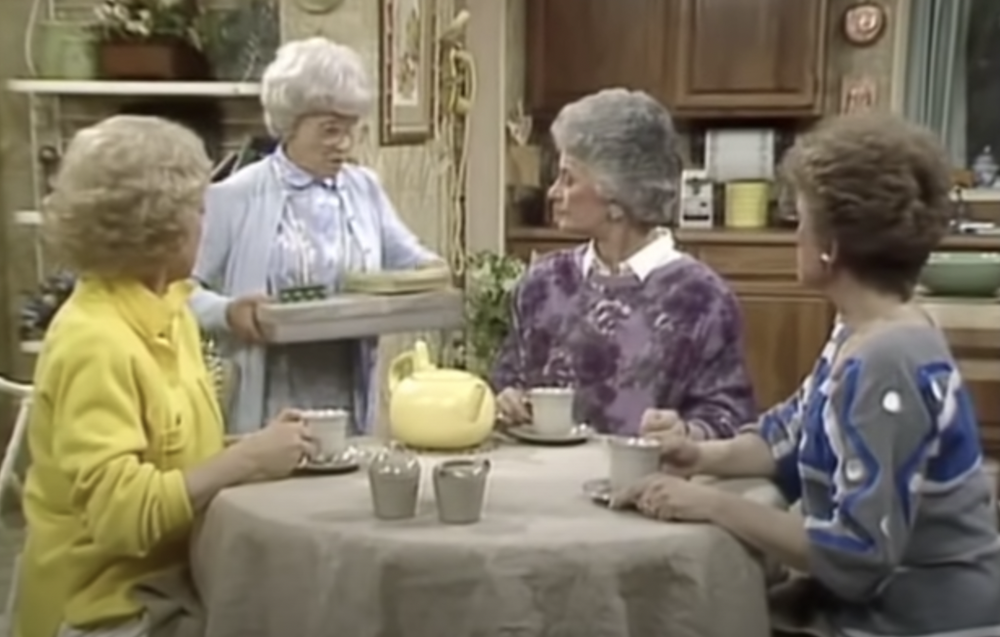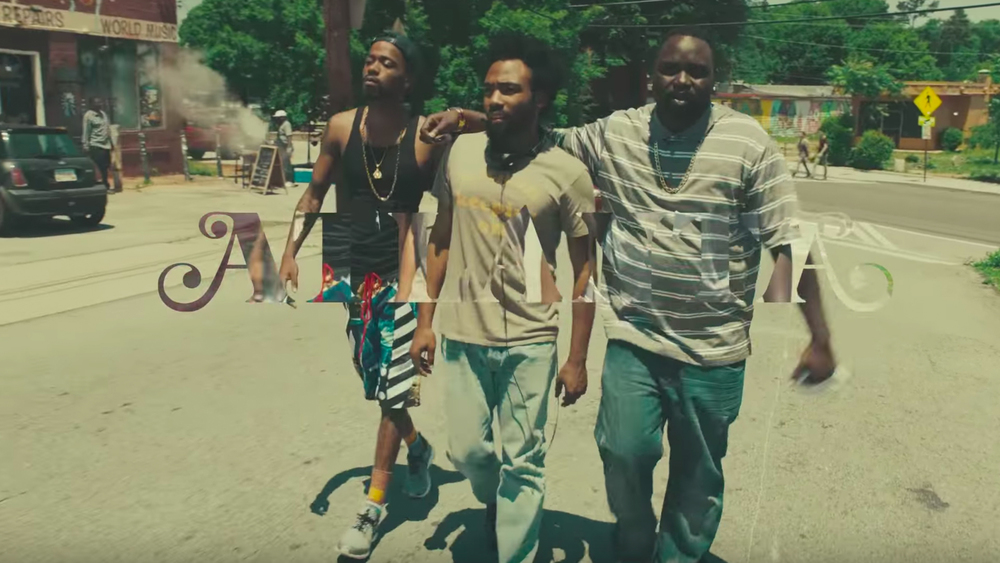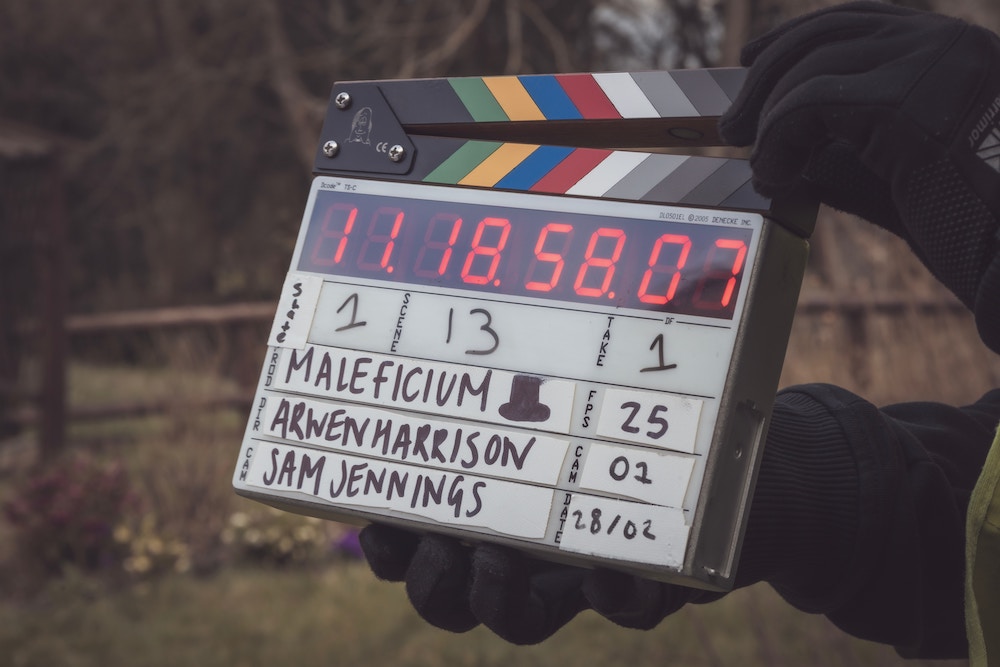Books & Culture
A Reader’s Guide to The Leftovers
Life in Jarden not quite strange enough for you? Looking for something to read on the flight to Oz? Here’s your supplemental reading for seasons 1–3

The Leftovers is easily the most profound, inventive, and ambitious show on television. It’s also unpredictable, surreal, and at times difficult to watch. The Damon Lindelof/Tom Perrotta creation explores the aftermath of the “Great Departure,” a mysterious, rapture-like disappearance of 2% of the world’s population. Watching Season 1 of The Leftovers requires a certain degree of emotional masochism. Those episodes, which loosely follow the plot of Perrotta’s novel, will make you ritually weep, and not in the enjoyable, sentimental This Is Us kind of way. Lesser writers would have stretched the source material out over several seasons, but The Leftovers writers concluded the first season where the novel ended. Their restraint has paid dividends: the show truly hits its stride after the action from Perrotta’s novel is spent. The Leftover’s creators somehow met the emotional exhaustion of their devoted viewers with creative inexhaustibility, and Season 2 picks up in an entirely new location, with new supporting characters, and fresh ideas. If it weren’t for this tremendous second season, The Leftovers might have been written off as sophisticated grief porn. Instead, it is poised to accomplish feats of narrative and stylistic risk-taking never-before seen on television. These writers are ambitious, crazed, and aren’t holding anything back. Three episodes into Season 3, I can only guess what this final season will bring. The apocalypse, probably, but unlike any that’s ever been done before.
The show is already a standalone classic, but there’s always the possibility of a deeper appreciation and understanding. Maybe you want to dive into a particularly provocative idea. Or maybe you just want to spend more time in Jarden, or Kevin’s afterlife hotel, or whatever-the-hell this version of Australia is going to turn out to be. Luckily, there’s a world of books out there waiting for you when Season 3 wraps. Here’s a reading list to help you further explore the themes and obsessions of The Leftovers after all the characters have disappeared.

Season One
The first season of The Leftovers is an unrelenting investigation of grief and existential loneliness. Its central question is somewhere between speculative fiction and alternate history — how would the world’s population cope if a truly inexplicable tragedy occurred? Season 1 examines this question through the microcosm of Mapleton, New York, where Kevin Garvey (Justin Theroux) is police chief. Following the disappearance of her unborn child, his wife, Laurie (Amy Brenneman), has joined a cult called the Guilty Remnant, chain-smokers who dress in all-white and observe a vow of silence. The Guilty Remnant are self-proclaimed “living reminders” of the Great Departure. As police chief, Kevin is at odds with his wife, who, along with the rest of the G.R., is devoted to preventing the world’s remaining population from returning to normal life by creating chaos and pain.
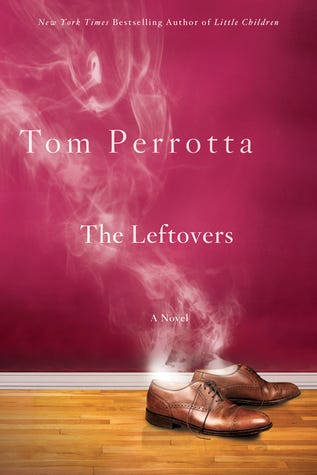
The Leftovers — Tom Perrotta
Aside from being enjoyable in its own right, The Leftovers is worth reading to see how Lindelof and Perrotta handled the adaptation. In the novel, Kevin Garvey is a retired businessman and runs for mayor of Mapleton after the Great Departure. In the show, he’s already police chief; a narrative alteration that transforms Kevin from a man who feels called to duty to one who has duty thrust upon him — the latter being a role much better suited for the rakish Justin Theroux.

In The Unlikely Event — Judy Blume
Over the course of 58 days between December 1951 and February 1952, three planes crashed in Elizabeth, New Jersey, near the Newark Airport. Judy Blume’s first adult novel since Summer Sisters focuses on a small town’s reaction to this improbable tragedy. Although there was a mechanical explanation for each of the crashes (they were based on real incidents), their cumulative effect is almost supernatural.

Station Eleven — Emily St. John Mandel
A flu pandemic has swept the globe, reducing the word’s population to almost nothing. The few survivors find meaning in unusual ways; some have joined a traveling Shakespeare troupe, others attempt to rebuild society inside an airport, while still others seek to fill the void of civilization by following a megalomaniacal prophet. As in The Leftovers, an apocalyptic event creates an emotional vacuums easily filled by cults and violence.
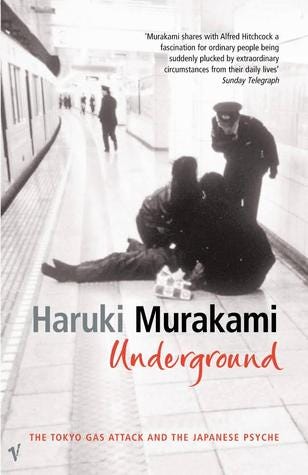
Underground — Haruki Murakami
In this powerful oral history, beloved Japanese novelist Haruki Murakami investigates the 1995 sarin gas attack on the Tokyo subway by the doomsday cult Aum Shinrikyo. The group never confessed, but Murakami was able to interview members of the cult as well as those affected by the attack. The “Subway Sarin Incident,” as it was known in Japanese media, bears some similarities to the large-scale action planned by the Guilty Remnant in that they are both violent, dogmatic performances designed to incite terror.

The Brief History of the Dead— Kevin Brockmeier
Brockmeier’s The Brief History of the Dead is like the photo negative of The Leftovers; the deceased reside in “the City” until they are forgotten by the living. It’s a functional purgatory, with jobs and a dedicated newspaper, but as life on earth is threatened by terrorist attacks and a super-virus, there are more people crowding the City and fewer and fewer to remember them.

Season Two
Season 2 of The Leftovers moves to Jarden, Texas, a small town also known as Miracle, where not a single person departed. Kevin’s new girlfriend, Nora Durst (Carrie Coon), uses the money she received in a settlement (from the departure of her husband and three children) to buy a home in Jarden. The town is accessible only to residents and tourists with a day pass, and pilgrims flock to the site to live in an encampment on the other side of a heavily guarded bridge. With this trip to Texas, the claustrophobia of the first season is blown apart. If Mapleton was a microcosm, Jarden is a market place. The Guilty Remnant don’t have much of a presence here (except in Kevin’s head), but there are hundreds of other belief systems to choose from and another hundred ways to profit off of those who want to believe.
The Garvey’s new house is next door to Erika and John Murphy (Regina King and John Carroll), both of whom are skeptical and skilled at taking advantage of newcomers. When their teenage daughter Evie and her friends go missing, the question of whether there has been a second departure (this one affecting Jarden) throws these characters into a turmoil that makes their problems in the first season look almost conventional.

Under the Dome — Stephen King
When an invisible dome manifests around the small town of Chester’s Mill, Maine, the residents are trapped. The barrier is invisible yet palpable; its arrival causes planes to crash, cars to explode, and even the severing of a man’s hand. Like Jarden, Chester’s Mill is chosen for unknown reasons, and the resulting isolation amplifies the problems of its citizens.

Let the Dead Bury Their Dead — Randall Kenan
Kenan’s Let the Dead Bury Their Dead is a collection of linked short stories that tells the history of Tims Creek, North Carolina through its residents. Tims Creek was founded by a runaway slave name Pharaoh, and the collection traces his story back to his African heritage. The Leftovers is similarly interested in Jarden’s origin story: Season 2 opens with a prologue depicting the neolithic humans who lived in the area. Let the Dead Bury Their Dead also explores themes of religion, the afterlife, race, sexuality, and identity, and the attendant conflicts in a small, Southern town.
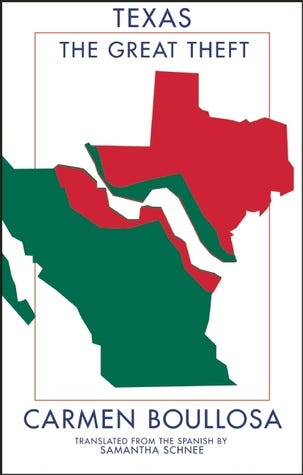
Texas: the Great Theft — Carmen Boullosa
Carmen Boullosa’s Texas is a state for seekers, hustlers, the ambitious, the downtrodden, criminals, holy men, cowboys, natives, radicals and law men. It’s 1859 in the Rio Grande Valley — in Bruneville, an alternate Brownsville. All walks of life meet, and all manner of hell breaks loose in the struggle to claim the borderlands. Boullosa imbues it all with an intense humanity and a great passion for the improvisations and mechanisms of everyday life. This is a novel for anyone who sees the new age Babel sprouting up in the camp outside Jarden and thinks, ‘now there’s a place I want to know more about.’
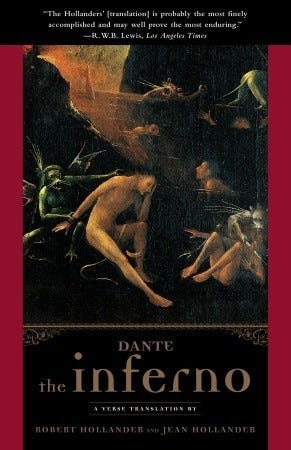
Inferno — Dante Alighieri
The reference point for season 2, episode 8 — aka “International Assassins,” aka the strangest, most audacious episode of The Leftovers to date — will come as no surprise. After all, Kevin is wandering around an afterlife hotel guided by his old pal Virgil. So go back to the classic source and wallow for a while in Dante’s mad cosmology of pain, punishment, love, humanity, and beatitude. Robert and Jean Hollander’s translation set a high bar for poetry and scholarship, but if you’re feeling like something different, check out Robert Pinsky’s new verse translation. Or, there’s always the classic Longfellow edition. You really can’t go wrong with La Divina Commedia #1.
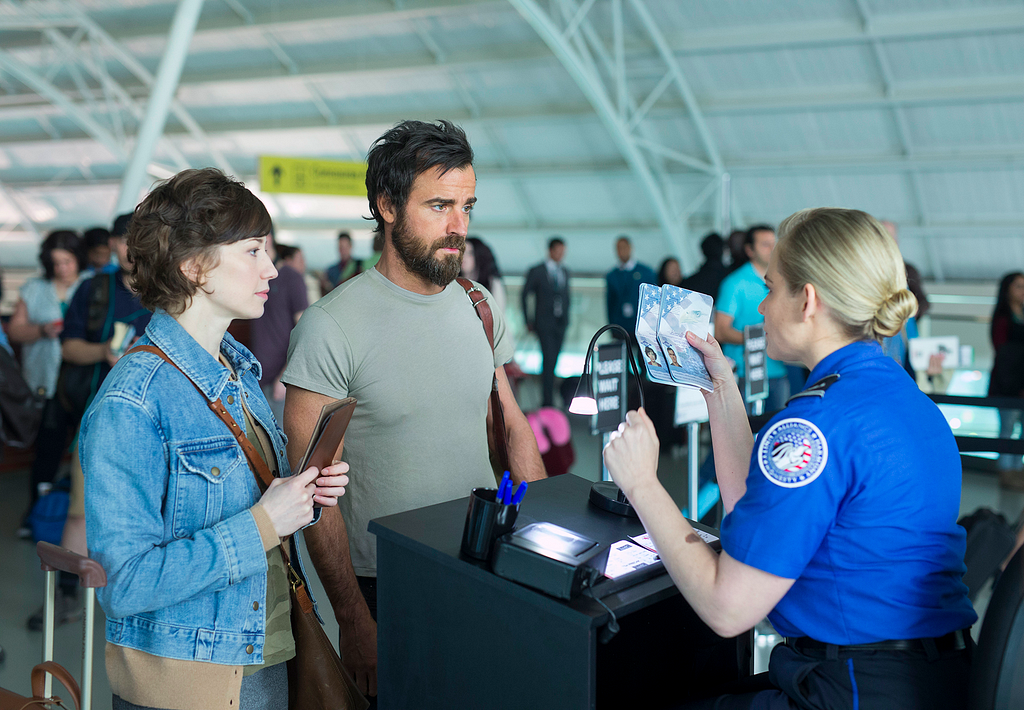
Season Three
[If you haven’t started Season 3 yet, there are spoilers ahead…]
At first glance, it seems the characters have moved on from the violence that concluded Season 2. Kevin has become the police chief of Jarden, which has opened its gates to hordes of pilgrims anticipating the 7th anniversary of the Great Departure. He and Nora are living happily together, his daughter is in college nearby, and his son has joined him on the squad as a police officer.
And yet, there is trouble waiting in the wings. Erika and John have split following the death of their daughter, which occurred when the government bombed the Guilty Remnant. John has gotten together with Kevin’s ex-wife, Laurie, and together they run a fraudulent psychic practice. Lily, the baby Nora found on her doorstep at the end of Season 1, is no longer with the family. Nora has an unexplained broken arm. Kevin has developed a daily practice of suicide, duct-taping plastic bags around his head every morning and ripping them open just before he passes out.
The Guilty Remnant may be gone, but the characters themselves have become living reminders of the horrors that have transpired. People have not forgotten what happened in Jarden, nor have the writers: Kevin tried to drown himself and an earthquake drained the river. He drank poison, was dead and buried, and came back to life. After all of that, John shot him in the chest and still he did not die. When these events are followed to their logical end by devout Christians, the conclusion is that Kevin is the messiah. When they are followed to a logical end by Lindelof and Perrotta, as I have no doubt they will be, the result with be very different, but no less explosive.

As She Climbed Across the Table — Jonthan Lethem
Based on the first three episodes of Season 3, Lethem’s novel about climbing into black holes against one’s better judgement might become relevant to The Leftovers finale. Will Nora Durst have her molecules blasted along with the dude from Perfect Strangers and “go through” to the land of the departed?

Gould’s Book of Fish — Richard Flanagan
So at this point in The Leftovers, we’re going to have do a bit of speculating about what, exactly, is going on in Australia, but if you’re in search of some guidance as to what the continent might look like during a period of great trauma and mystery, then Richard Flanagan’s your man. This is Van Dieman’s Land (now known as Tasmania) during the time of the penal colony. Billy Gould — convicted forger, painter of fish, reviser of history — offers up his own account of life on the island during this dark, bizarre period. If you think Lindelof, Perrotta and The Leftovers’ writers’ room have a knack for the morbid and wondrous, wait until you get a load of Flanagan.

The Swan Book — Alexis Wright
Kevin Garvey Sr.’s adventures in the desert in the third episode, stealing the sacred songs of indigenous people to prevent a great flood, suggest that The Swan Book might be an appropriate read for Season 3. Wright’s futuristic novel is about an Aboriginal girl named Oblivia Ethelyne living in an Australia devastated by climate change. Wright blends elements of fairy tales and mythology with speculative fiction to create a world strange enough for any fan of The Leftovers, one Kevin Sr. may have even predicted.
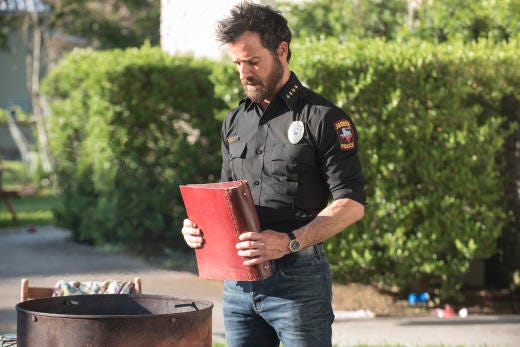
The Book of Kevin — Matt Jamison, John Murphy, and Michael Murphy
The newest gospel written by Jarden’s very own devout residents is apparently already very influential in Australia, where other police chiefs named Kevin are bearing the brunt of Kevin Garvey’s location-specific immortality. But it’s about time, because, as Matt Jamison’s wife Mary put it, “the New Testament was getting old.”
Which Novelists Are Writing for TV in 2017?





